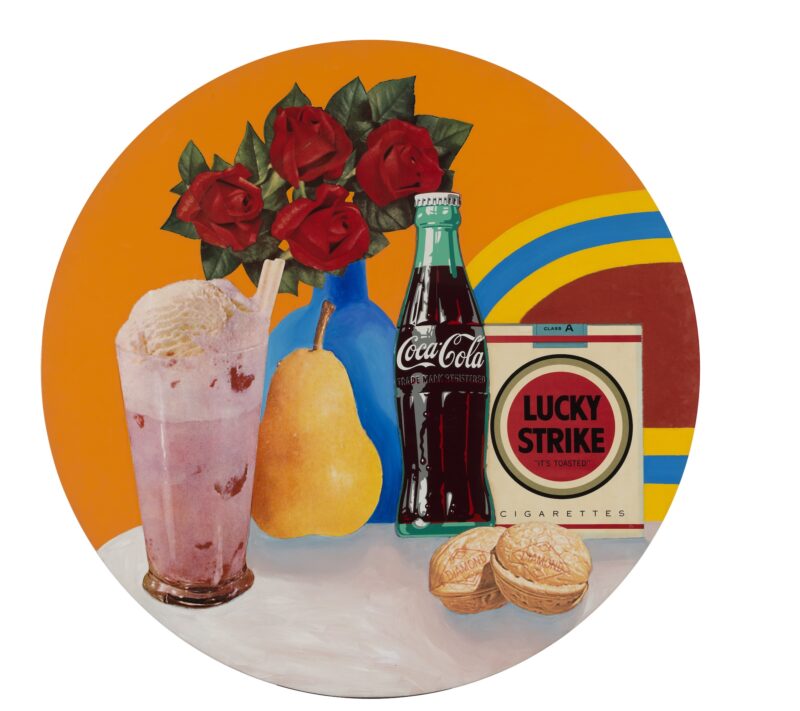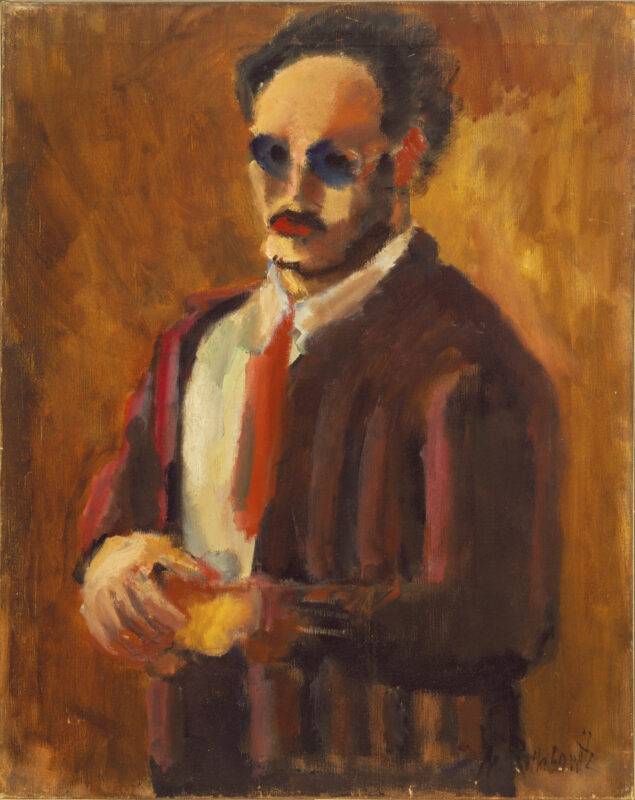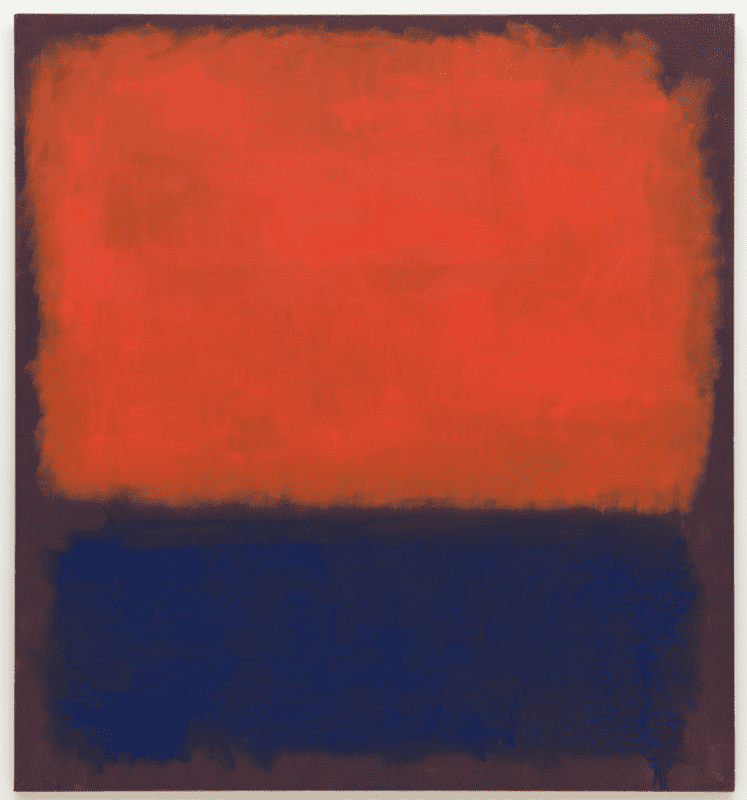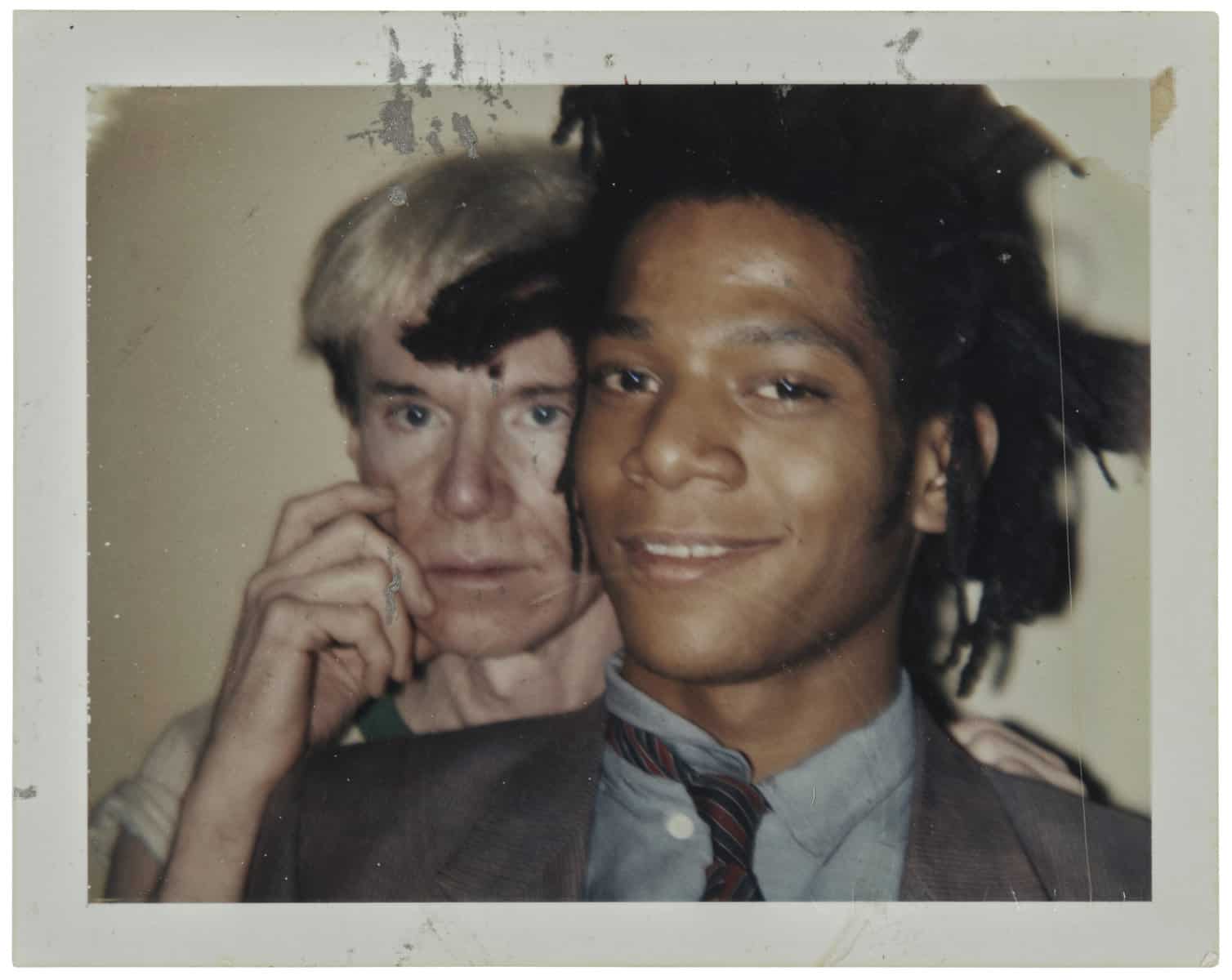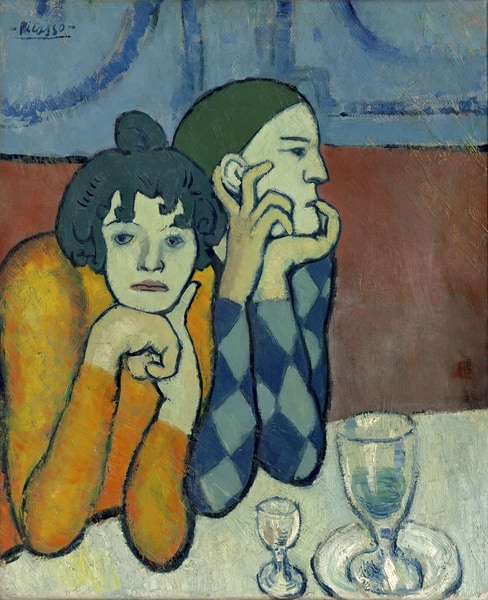
In a seamless dialogue between the past, Romantic ideals hidden amongst present culture, and the philosophical desires of individuals enraptured by aesthetically guided objects, modern art occupies a unique position in our lives. However, rarely does the intersection of these ideas and impulses coalesce so delicately as in The Morozov Collection, now showing for the first time outside of Russia as part of the ‘Icons of Modern Art’ series at Fondation Louis Vuitton. A spiritual successor to The Shchukin Collection’s exhibition in 2017, The Morozov Collection features over 200 pieces of impressionist, post-impressionist and avant-garde artworks from the 19th century, totalling a value that is by all accounts priceless, and boasting the names of famed artists ranging from Matisse, Degas, Renoir and Monet, to Gauguin, Picasso, and such a myriad of storied names that it feels a disservice not to list them all here. At the very least, it can be said that the experience is one steeped in prestige and emotion, both in regard to the beautiful images themselves, and their plaintive history. For an entrance fee of €14, I would never have paid so little to have my heart broken.
The Morozov brother’s tale of painterly preoccupation is intimately intertwined with these works in question, and indeed, through a masterly act of narrative construction, curator Anne Baldassari has woven a truly moving tale of loss, Proustian desire and the two siblings’ struggles against the tide of history, by the works’ organisation throughout the Fondation. This is accomplished through the sublime placement of a set of photographs early in the exhibition, detailing the destruction of the Morozov family home after the rise of the Soviet regime, and the suppression of the ‘reactionary’ artworks gathered there. As can be seen throughout these images, though particularly in regard to their pairing with the Fondation’s affecting recreation of how Maurice Denis’ triptych ‘The Mediterranean’ would have been displayed beside in their mansion, the Morozov’s had attempted to create something of a fecund cultural paradise, within the bounds of their house. There are no ends to the lush environments and pastoral scenes captured so poignantly by the impressionist style, interspersed with representations of classical agricultural abundance, and far removed from the hyperborean Russian weather that once howled outside. It stands today as a recovered testament to the worlds that one can create when free to pursue their desires without financial inhibition. Yet, as we are informed by the text on the exhibition’s many halls, this collection was indeed once destroyed, covered up, and altogether eradicated for the Morozov’s themselves. For all the personal enjoyment and pleasure they expressed in coalescing these avant-garde masterpieces, each sibling was barred uniquely from their meaning, as the paintings themselves were requisitioned and buried deep within USSR storage, as so much modern art is treated by collectors today.
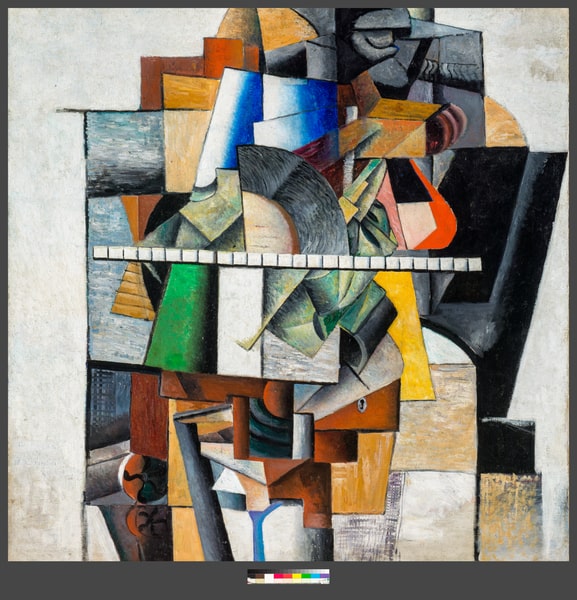
Kazimir Malévitch, Portrait de Mikhaïl Matiouchine, Saint-Pétersbourg, [1913-1914] Courtesy Galerie nationale Tretiakov, Moscou
When Mikhail Morozov died in 1903, this tragic aspect to the works also took on a special significance for his elder brother Ivan. The family financier, and typically reserved in nature, his brother’s death is said to have served as inspiration for the collection’s further development beyond its already extensive catalogue. Following the modern exhibition, from its basement origins towards the Fondation’s towering glass heights, the sensation of mourning comes ever to the fore in this manner. The works grow continuously beautiful, and equally sombre; encapsulated by the impassioned yet unfulfilled embraces of Rodin’s sculpture, and the entire room dedicated to Van Gogh’s woeful ‘Prisoners Exercising’. However, it is the final hall that crystallises this sentiment most perfectly, at the building’s peak. Upon entrance, its architecture is immediately ecclesiastical in style, the entrances adorned with sculptures by Aristide Maillol and walls lined with the six great panels of Maurice Denis’ ‘Psyche and Eros’ series, depicting the turbulent love affair between the famed figures of Greek myth. A fitting metaphor for the whole collection, the room encapsulates the entire experience up to this point, at the pinnacle of tragedy and beauty. The lover’s spurned by greater forces, of course referring meta-textually to the Morozov’s own pursuit of art; emphatic in its power, doomed by a maleficent history, and then reunited at the story’s end. Likewise, can we trace Ivan’s personal tale through the exhibition’s architecture, as through the paintings he moves without catharsis towards his own lost serenity, the arrested relationship with his brother, only to be reunited with him finally at the Fondation, with their lives fused by the exhibition itself.

In our conversation on the Fondation’s veranda, Baldassari explained her interpretation of impressionism as a powerful return to the world, to the thing itself beyond cultural excess. Rather than to intellectualise, to structure and schematise the landscape, the painters instead sought to capture it, to render its emotion and present sensation in oils and canvas. In other words, it is a bringing together of an audience with ‘the thing in itself’, to strike them with an experience. Perhaps then it is fitting, that the exhibition of the Morozov Collection should capture the brothers themselves in much the same way, broadcasting their lives through the art to which they dedicated so much vitality. It is a celebration of artists and tragic art-lovers, united in their shared desire for beauty. For this reason above all, I must implore FAD’s readership to visit the show for themselves, to encounter the art and these men first-hand, as an exquisite experience of historical tragedy and high-aestheticism, whose Romance can be found in few other places.
THE MOROZOV COLLECTION. ICONS OF MODERN ART 22nd September to 22nd October Fondation Louis Vuitton fondationlouisvuitton.fr

